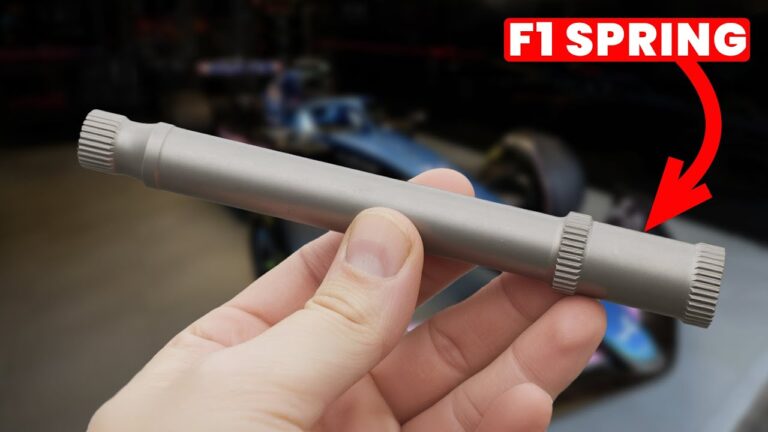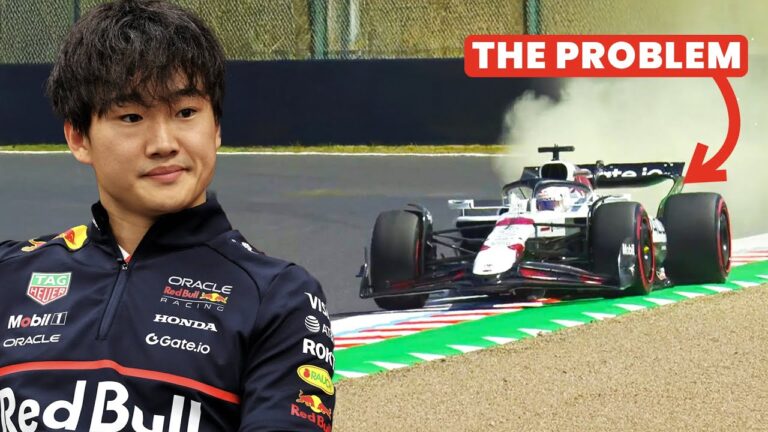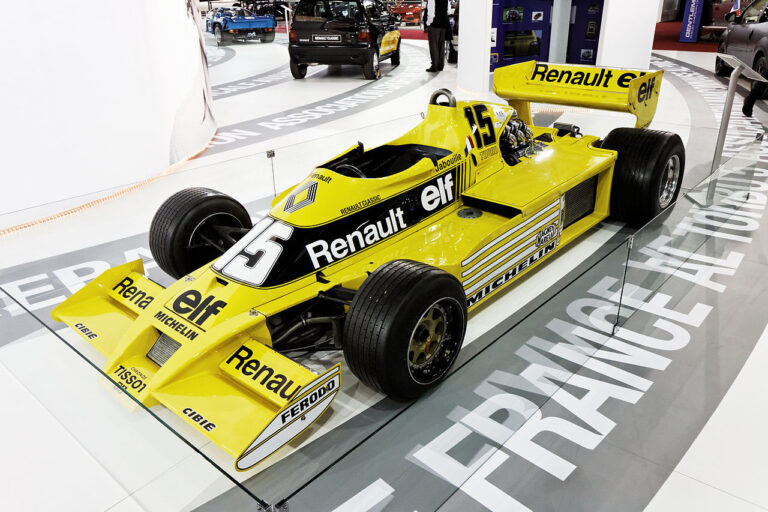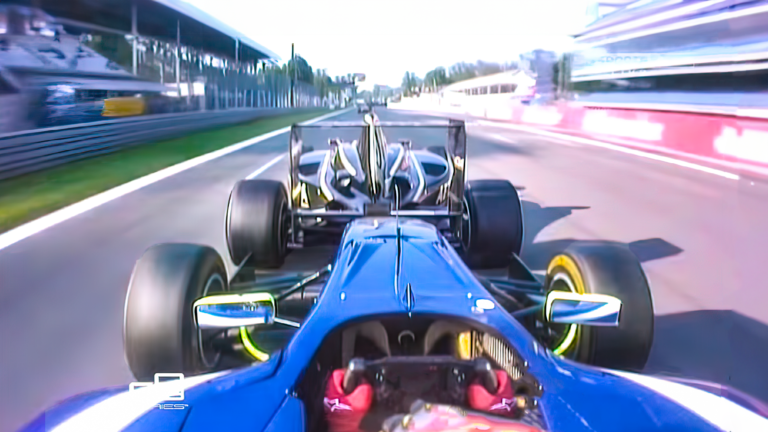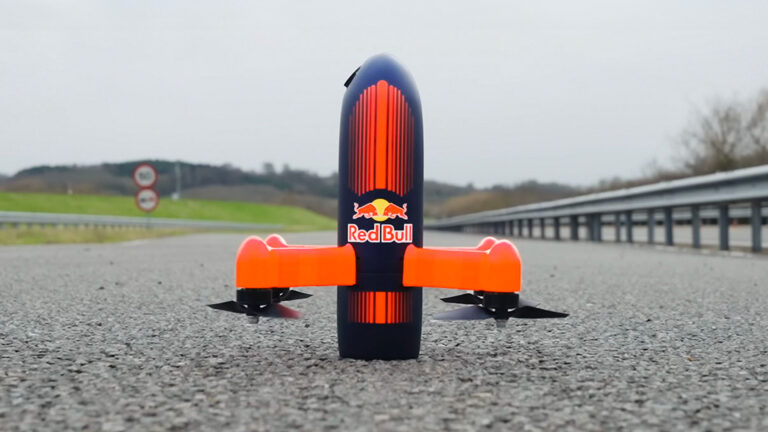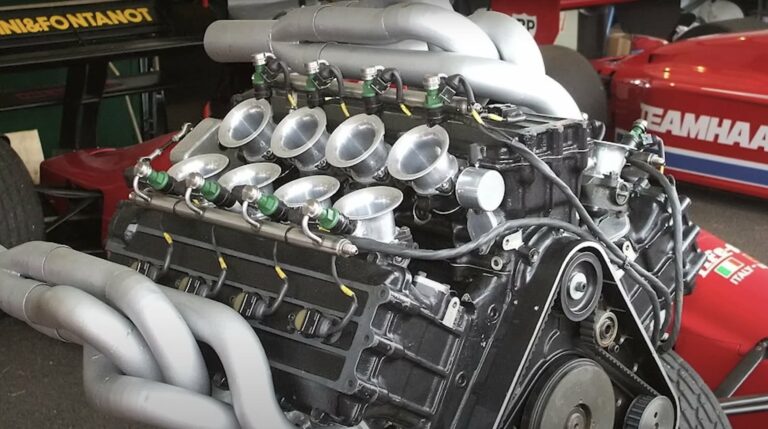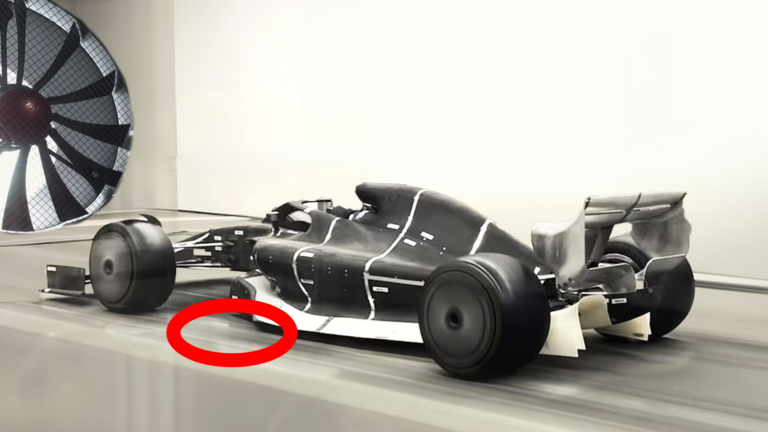
In 2006, BAR Honda embarked on an ambitious journey that few would have dared: pushing an F1 car beyond the traditional racing circuit and onto the salt flats, aiming to hit a record-breaking speed of 400 km/h. This project, known as the “Bonneville 400,” was more than just an engineering marvel – it was a testament to the limits of speed, precision, and the determination to redefine what Formula 1 machinery could achieve.
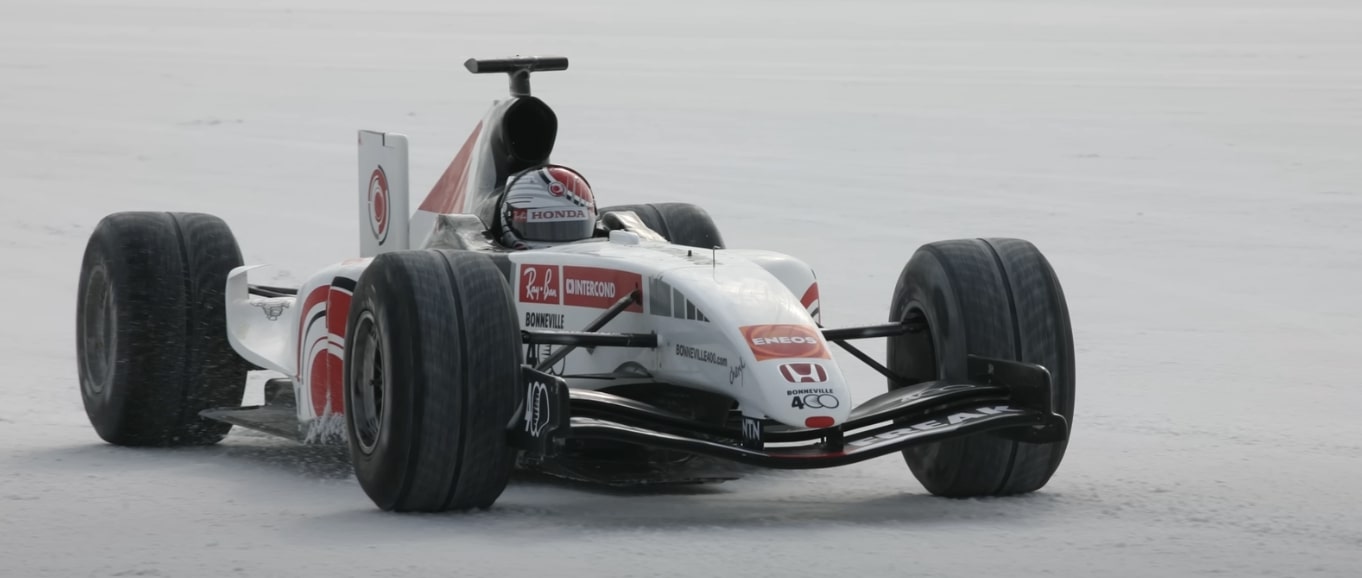
The Goal: 400 km/h on Salt
The initial target set by British American Tobacco, the sponsor behind BAR Honda, was simple in concept but daunting in practice: reach 400 km/h on the Bonneville Salt Flats, a place renowned for high-speed land records. However, reaching that speed in an F1 car – designed for high downforce and cornering rather than straight-line velocity – required a complete rethink of every aspect of the car’s engineering.
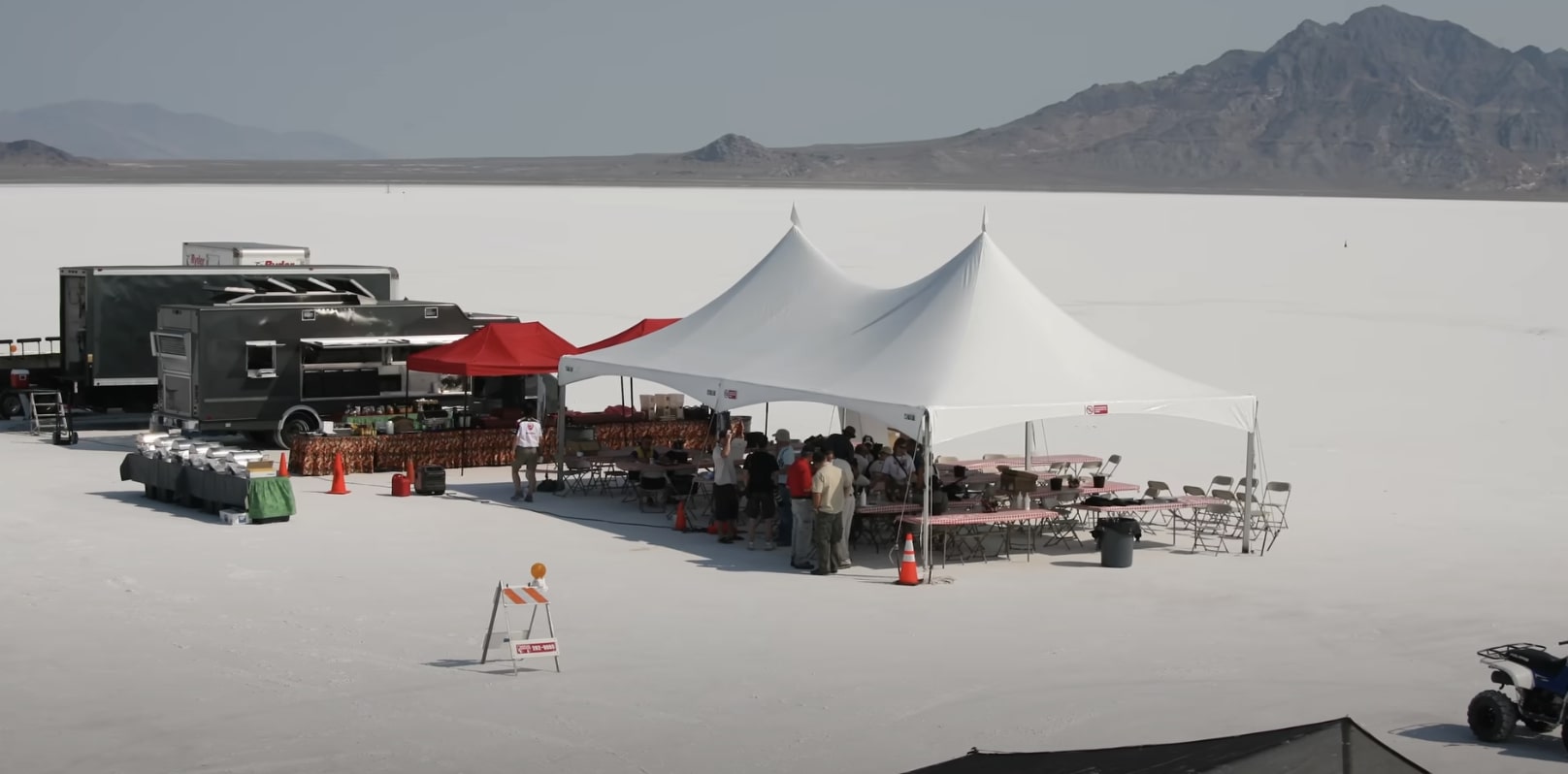
Redesigning for Speed on the Salt
The team at BAR Honda faced their first challenge in aerodynamics. Unlike the streamlined, narrow-bodied vehicles typically seen at Bonneville, an F1 car has broad, grippy tires and a design prioritizing downforce over drag reduction. The team had to alter the car to cut down on drag while still adhering to F1 regulations. This led to the removal of the rear wing to decrease drag dramatically, retaining only a silhouette of the wing to comply with F1 standards. They also added a stabilising fin to enhance the car’s stability at such high speeds on a loose surface.
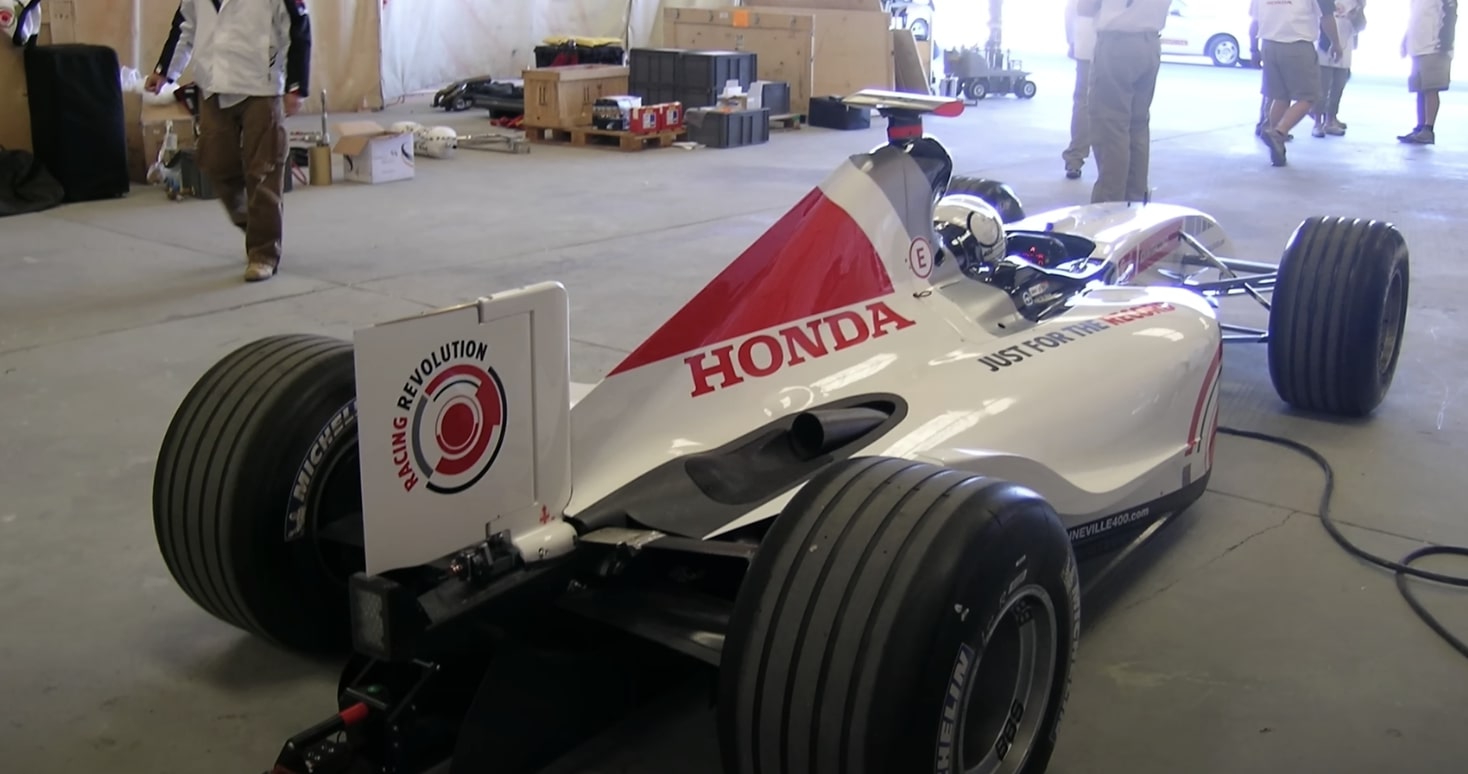
Tackling Heat and Traction
With the car designed for brief bursts of intense performance, cooling became another pressing issue. At Bonneville, the car would be running at full throttle far longer than in any race, generating significant heat. To manage this, BAR Honda developed unique radiator pods to maintain sufficient cooling with minimal drag. However, the Bonneville Salt Flats’ rough surface and inconsistent traction added another layer of complexity. Traditional F1 tires weren’t ideal for this terrain, but regulations limited the team’s options. They settled on intermediate tires, which balanced grip with reduced drag, to handle the salt surface effectively.
The Driver Behind the Wheel
At the heart of this record attempt was Alan van der Merwe, a seasoned driver known for his experience in F3, F3000, and as a former McLaren test driver. For Van der Merwe, this was unlike any F1 experience. The car’s modified setup, combined with the salt flats’ unpredictable surface, presented a driving challenge that required both skill and courage.

Overcoming the Challenges of Drag and Stability
The team ran numerous tests to ensure that the car would remain stable at high speeds. They even engineered an innovative active fin system that could adjust automatically to prevent the car from spinning – a critical safety feature given the risk of sliding and lifting off at high speed. While the fin would technically violate F1’s active aero rules, it was seen as a necessary measure for safety.
Testing across various locations, including Mojave Spaceport and RAF Lyneham, gave the team valuable insights. On asphalt, Van der Merwe managed to push the car to 414 km/h. However, on the salt flats, the loose surface continually threatened traction. Even with traction control and fine-tuned adjustments, maintaining speed on Bonneville’s slushy and inconsistent salt was an immense challenge.
The Record Attempt
After days of testing and meticulous adjustments, the team was ready for the record attempt. Despite reaching incredible speeds on the return leg, a patch of slushy salt affected the car’s grip, bringing their final speed to 397.36 km/h – agonizingly close to their goal.
In the end, while they fell just shy of the 400 km/h target, the BAR Honda team achieved something remarkable. They had created the fastest F1 car ever to run on the salt flats, demonstrating the ingenuity and dedication that defines motorsport engineering.
A Legacy of Engineering Excellence
Reflecting on the project, the BAR Honda team felt a deep sense of accomplishment. They had not only pushed the limits of what an F1 car could achieve but also tackled engineering challenges that redefined possibilities in motorsport. For anyone with a passion for speed and technical innovation, the Bonneville 400 stands as a testament to the incredible feats achievable through engineering prowess and a relentless pursuit of the extraordinary.




